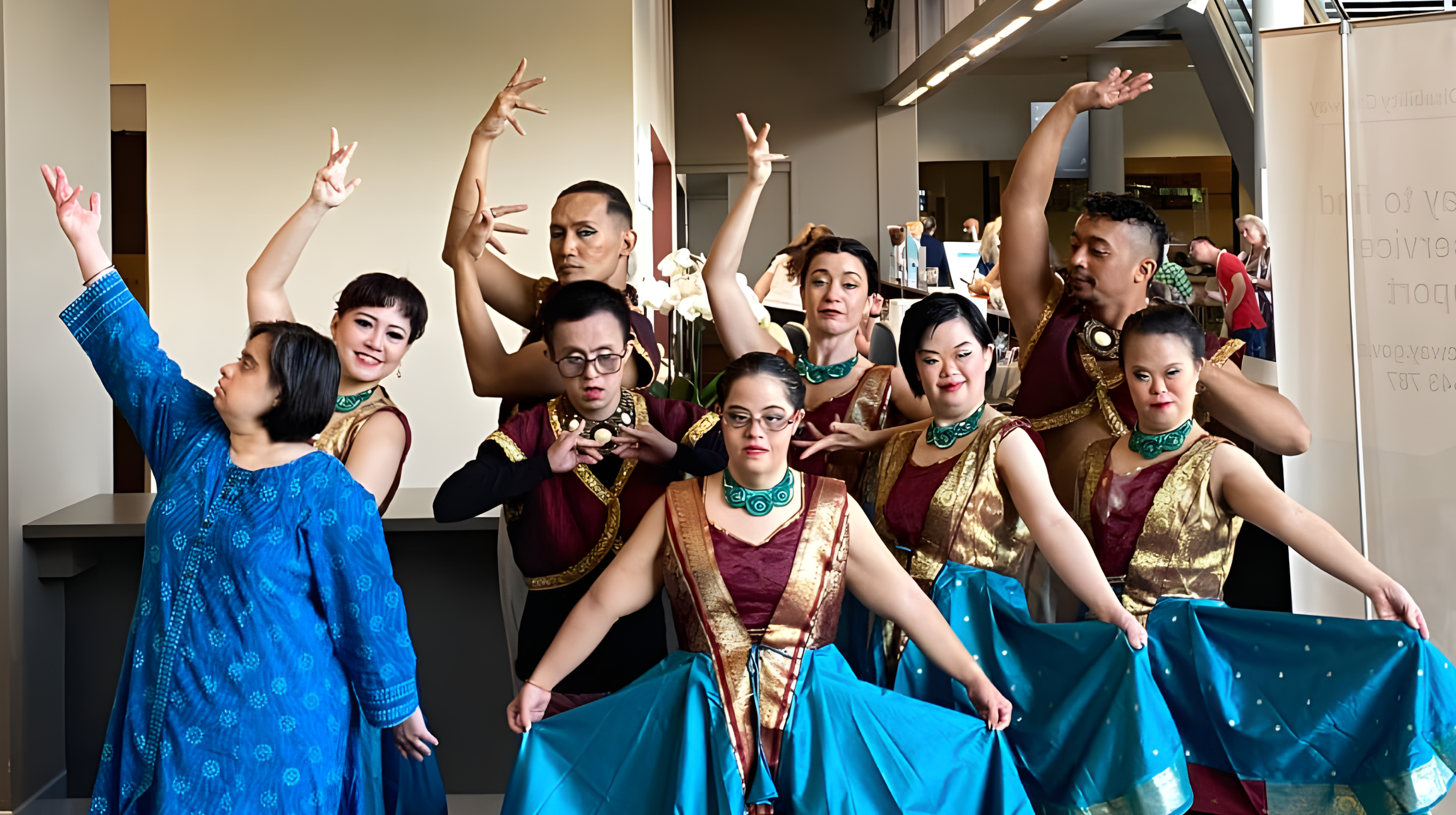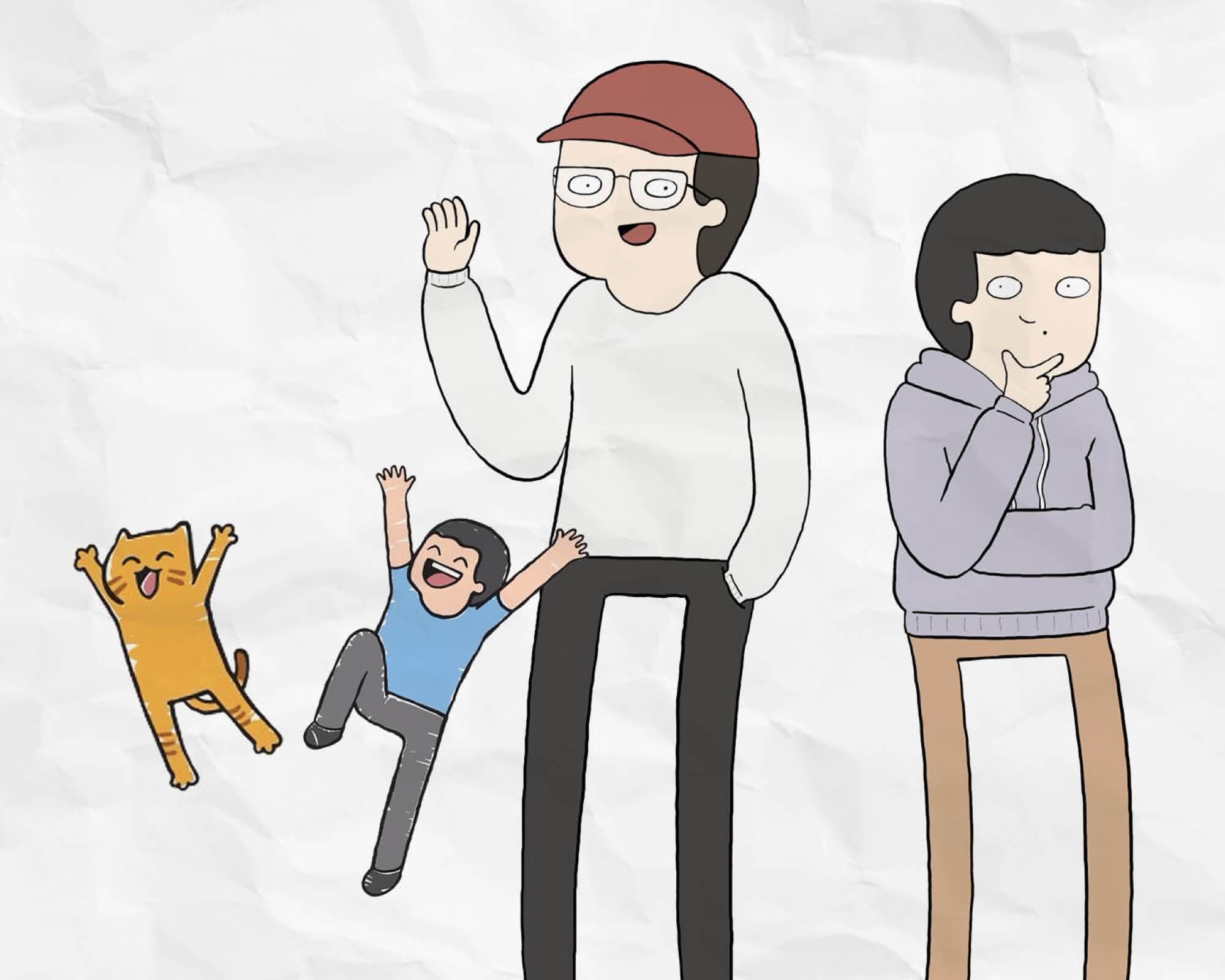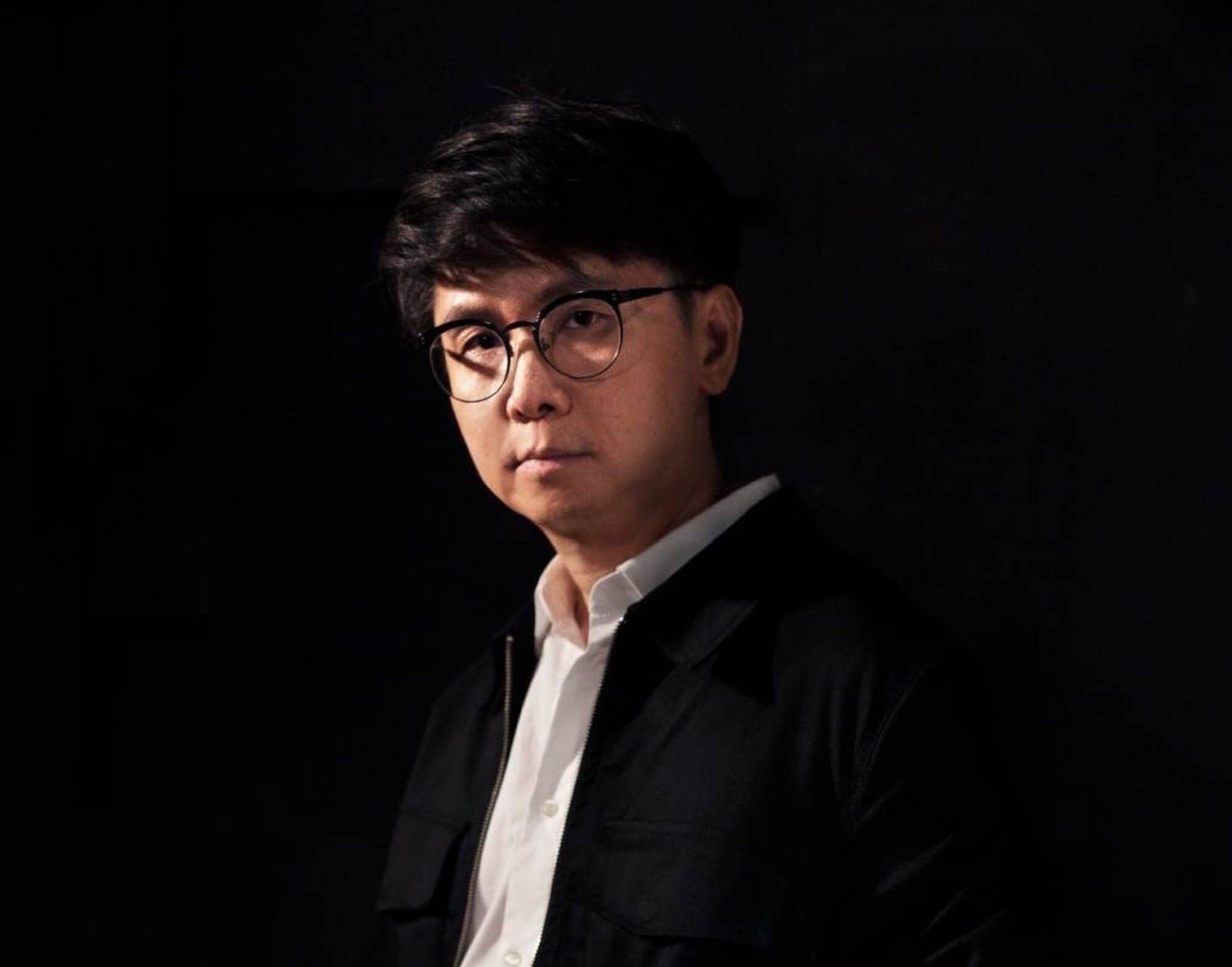



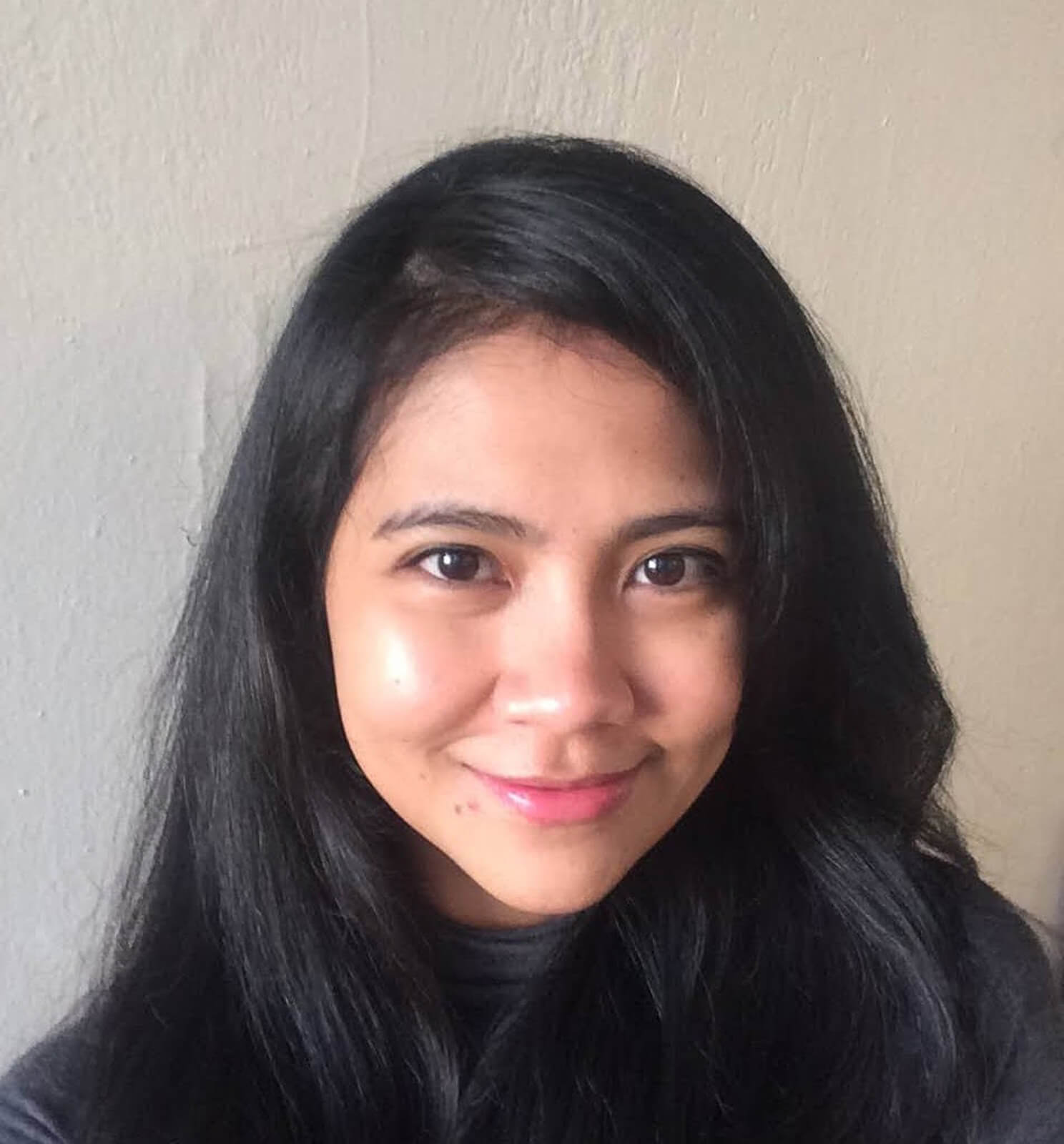
Banjong Pisanthanakun, the acclaimed 44-year-old Thai filmmaker, turns Southeast Asian nightmares into worldwide movie masterpieces. He has a deep understanding of the allure of horror tales in the region, explaining that these beliefs are ingrained in us. “They’ve been a part of our culture since day one. The fascination endures because people genuinely believe in these supernatural phenomena,” the filmmaker tells The ASEAN.
Ironically, for such a compelling horror storyteller, Banjong is sceptical of the supernatural and mystical beings that pervade Southeast Asian folklore. This scepticism sets a high bar for his films; they must first convince him before they can convince the audience.
“We need to ensure our work is not only authentic but also believable. Every detail in my films must be convincing. Personally, I don’t hold these (supernatural) beliefs, so the details must first convince me. Take The Medium, for example; I wasn’t a firm believer in Shamanism, so I painstakingly worked to make all the ceremonies in the film convincing,” he shared.
From old photographs to blockbuster hits
Banjong’s journey as a blockbuster horror movie director commenced with Shutter in 2004 after he just turned 25. The idea for Shutter was intriguing; Banjong and his co-director, Parkpoom Wongpoom, stumbled upon an old photograph while researching a different script project.
“This particular photo evoked memories of the popular ‘Spirit Photos’ trend from the past.” During that time, chain emails were prevalent, and many, including Banjong, received numerous messages containing eerie ghost photos and their accompanying stories. “We realised this phenomenon could be the foundation for a compelling horror film.”
Banjong and Parkpoom didn’t stop there. They ingeniously fused the chain email phenomenon with various Asian urban legends, specifically those centred around spirits resting on someone’s neck.
“By combining these elements, we crafted the storyline for Shutter, blending the nostalgia of old photographs with the chilling essence of age-old supernatural folklore,” he explained.
The response from horror enthusiasts was overwhelming. Hollywood, too, recognised the potential and produced a remake just four years after the original debut.
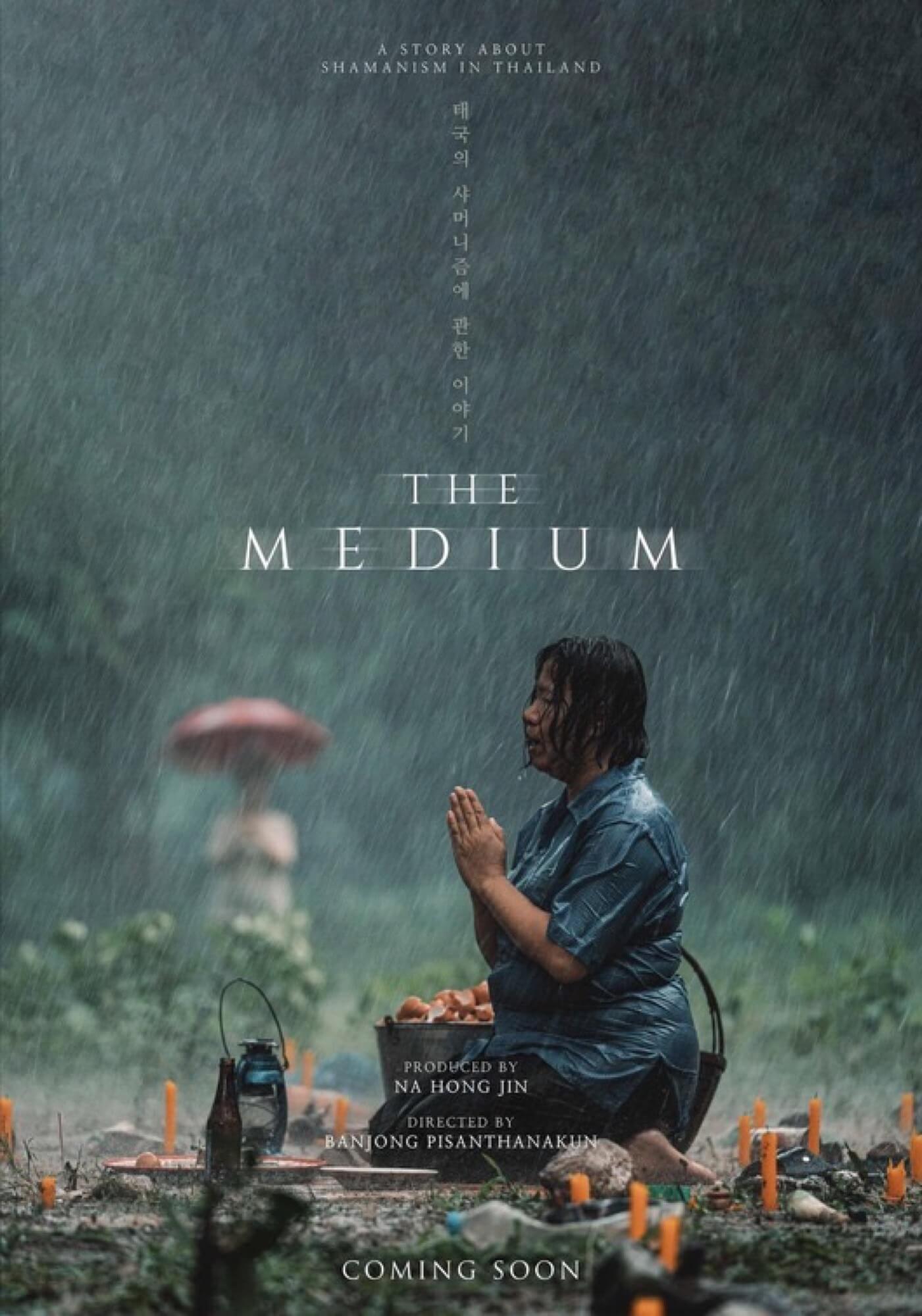
The ghosts we fear, the ghosts we jeer
When asked about the movie that brought him the most joy, Banjong unhesitatingly mentioned his two comedy-horror films. His first foray into horror comedy was with a short story in Phobia, an anthology of horrors, titled The Man In The Middle.
“It marked my initial venture into horror comedy, a genre I hadn’t explored before. I relished the challenge of inventing novel dialogues and creating a unique blend of horror and humour. This experience allowed me to delve into uncharted territory and experiment with the art of storytelling in a refreshing way.”
Five years after Phobia, Banjong returned to the horror-comedy genre with Pee Mak, released in 2013. Banjong struck gold with Pee Mak, which remains the highest-grossing Thai movie, earning over 1 billion baht (about 33 million US dollars at current rates) worldwide, primarily in Asia.
“Pee Mak brought me immense joy. It stands as a delightful and witty reinterpretation of Thailand’s most renowned urban legend. As I crafted the script, I was determined that it had to be bold and uncompromising, offering a fresh perspective on this urban tale, intricately woven with a beautiful love story.”
According to local media reports, during its release, Pee Mak experienced overwhelming demand, surpassing even Hollywood blockbusters. The movie, based on local folklore about a young woman named Nak who waits for her husband, Mak, by Phra Khanong canal in Bangkok, resonated deeply with audiences due to its humour and satirical scenes.
global collaboration
Set against the backdrop of a rural Thai village steeped in shamanistic traditions, The Medium unfolds the story of Nim, a devoted local shaman, and her niece, Mink, who seems destined to inherit the spiritual mantle. As Mink starts displaying erratic and increasingly violent behaviour, a cloud of uncertainty forms, raising critical questions: Is she channelling a divine entity, or is she under the influence of something far darker and more sinister?
The Medium skillfully intertwines elements of suspense, psychological drama, and supernatural horror, compelling the characters and the audience to navigate the murky waters between age-old traditions, deeply held beliefs, and the unseen realms.
“The Medium is my most challenging film. I want the audience to explore their own beliefs after watching the film,” said the director.
Banjong revealed that the original story of The Medium was traced back to his South Korean producer, Na Hong Jin. “The Medium was initially conceived as a South Korean film; he envisioned it transcending languages and backgrounds.”
However, when the producer approached Banjong to direct, he discovered a unique aspect within the script.
“This horror story didn’t rely on the presence of traditional ghosts; instead, it focused on the transformation of an ordinary girl into a truly terrifying, possessed entity. This concept fascinated me, and I believed it was something truly innovative.”
“Driven by this inspiration, I delved into extensive research. I travelled across the country, engaging with genuine shamans, immersing myself in their world. The authenticity I encountered was undeniable. It struck a chord, compelling me to bring this raw and genuine essence to a global audience.”
Although Banjong is flattered that numerous viewers regard The Medium and Shutter as some of the most terrifying films they’ve ever experienced, his aspiration extends beyond just earning admiration for his work.
“I’m glad to hear that, but what pleases me the most is seeing people discussing and debating about the film. Whether they liked it or not, sparking debates is a testament to the film’s impact. To me, the best feedback I received was, ‘The most debated film of the year.’”
In closing, Banjong advises aspiring ASEAN filmmakers, particularly those venturing into the horror genre to “explore new stories, backgrounds, ambience, and storytelling methods. People grow tired easily, so a horror film with fresh elements is always exhilarating.”




